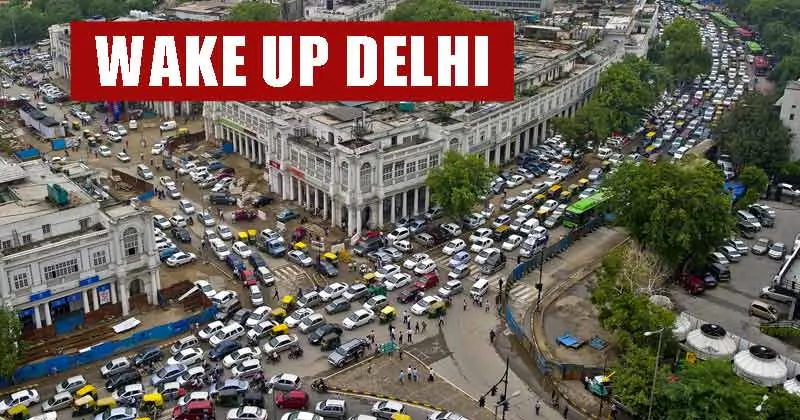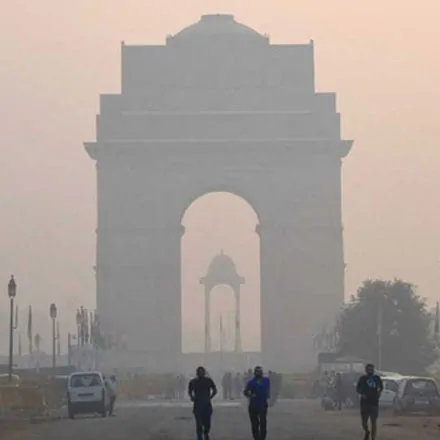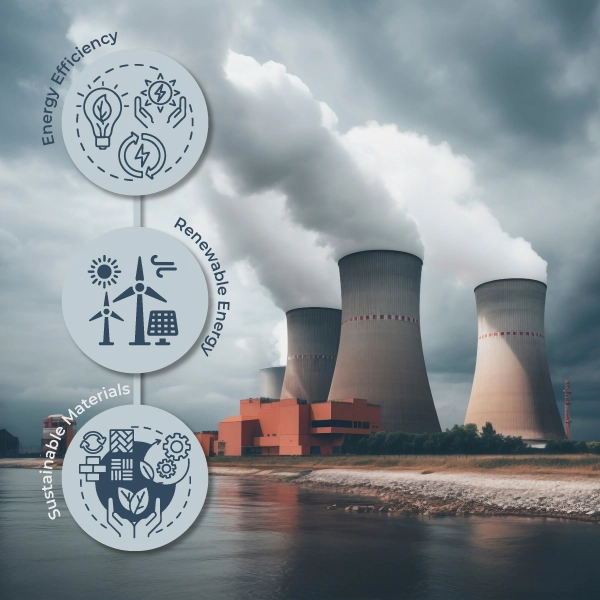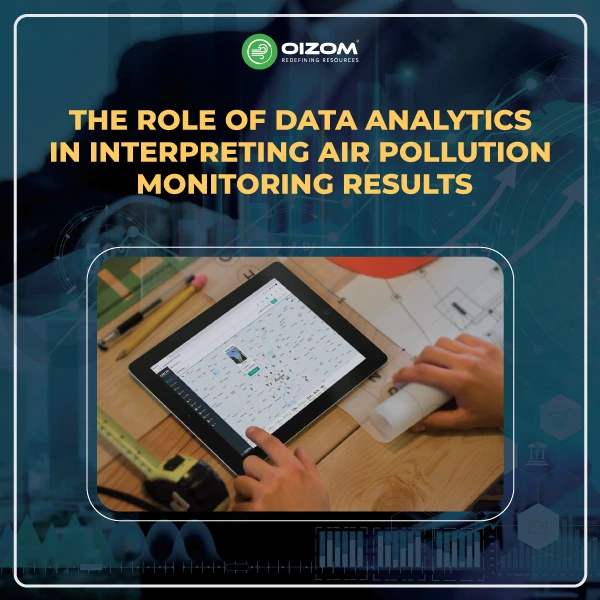
Air pollution is often based on the values of particulate matter of size less than 2.5 micrometers(PM 2.5) and particulate matter of size less than 10 micrometers (PM10).PM 2.5 reduces visibility and cause the air to appear hazy when the levels are elevated. It is the most harmful pollutant to human health which can lead to respiratory diseases, lung cancer, and heart attacks.
The World Health Organization measured the values of PM 2.5 and PM 10 during the years 2008 to 2013 in almost 1600 cities across the globe. Delhi is the only city on the list of WHO that qualifies as a “very unhealthy” with 153 µg/m3 average PM 2.5 level. The level of PM 2.5 in Delhi is 15 times more than the average annual exposure recommended by the WHO.
“These levels of PM 2.5 translate roughly into an estimated loss of 2 hours a day in life expectancy”, said David Spiegelhalter, a statistician at the University of Cambridge, who specializes in quantifying risk in a way that is understandable to the public. This much high level of PM2.5 is equal to roughly 8 cigarettes per day.
One of the reasons that the level of PM2.5 is very high in Delhi is because of the vehicular traffic.
A study by the Indian Institute of Tropical Meteorology (IITM) in collaboration with the National Centre for Atmospheric Research (NCAR), Colorado has revealed that Delhi’s Pollution can reduce 6.4 Years from your Life. The study also shows that Uttar Pradesh and Maharashtra are likely to account for the highest number of premature deaths in India. The study is likely to further ignite concern over the need to improve air quality in the capital and urgently map its sources of pollution and their contribution to making Delhi an unhealthy city.
They also found that Life expectancy in Maharashtra has 3.3 years due to Pollution. Although these results are just estimates as there is no physical way to tell that who has actually died because of air pollution.

Doctors say that regular exposure to this kind of pollution drastically affects people’s health. “Air pollution of finer matter (like PM 2.5) also enters the heart apart from the lungs through the bloodstream and causes ischaemic heart disease, heart attacks, and blood pressure problems,” said Sundeep Salvi, director of the Pune-based Chest Research Foundation (CRF).
The Delhi government is taking steps to control air pollution in the city. They proposed the odd/even rule in which cars with odd number plates would run on odd dates while cars with even numbers would do so on even dates. The center has been asked by the top court to give traffic police masks so their health is not compromised. Luxury SUV’s and diesel cars above 2000cc has also been banned by the supreme court in the national capital. There are many other actions taken by the government to reduce air pollution in the national capital. But we have to wait and see whether these measures by the Delhi government will work or not.
Air pollution is a global problem and it can only be solved with a global approach. The laymen need to understand the adverse effects of air pollution and that is not possible if he doesn’t know the pollution is in the atmosphere.
Oizom an Ahmedabad based organization has collaborated with India Open Data Association to create awareness about the air you breathe with an interesting DIY Kit, Airowl, which monitors the air you breathe.
Stats Source: TOI






